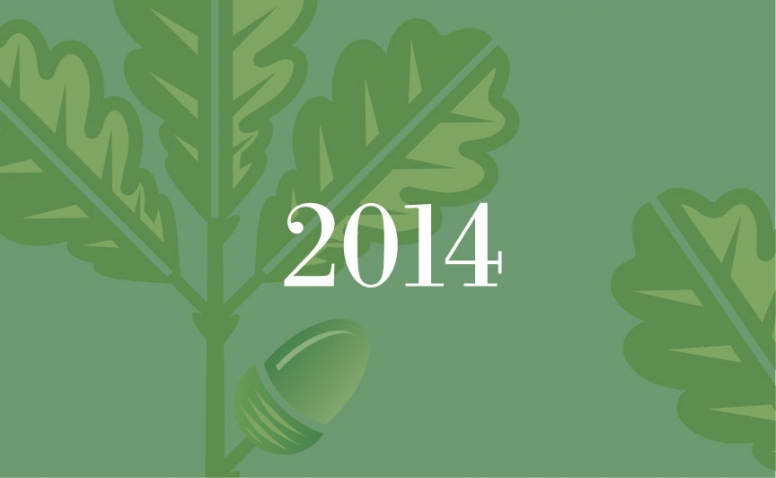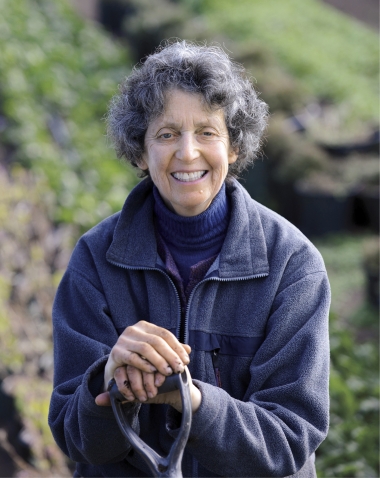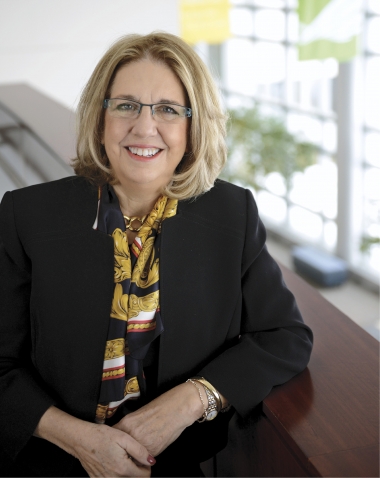My mother was a very good cook and loved fresh-from-the-garden things, so as a kid I had the opportunity to have really good cooking from scratch. In the 1960s, like Julie & Julia, I went through the second edition of Mastering the Art of French Cooking. The ideas of taste, flavor, and all the subtleties and variations that are possible in that world began to evolve for me. It was like discovering something that you really love, discovering that there’s some internal attraction. Then it snowballed. So this all developed from the point of view that I loved good food, and what good food meant to me was becoming more established.
When I was living in Cambridge in the 1970s, coming out here [to South Dartmouth, Mass.] on the weekends and in the summer, I decided I might as well pay for my gas by bringing my extra rosemary, which you always have if you have any. They couldn’t get enough fresh herbs in Cambridge in those days. And some of the chefs I am still supplying now were my customers in those early days.
Soon on, I had two little children who, as toddlers, loved to go into the garden and put things in their mouths. Having that be a danger area for them was simply not acceptable. Those were also the years of Rachel Carson and her heroic struggles. And I’d always had an interest in natural history, so the idea that you would kill all these wonderful insects that were helping in the garden if you put poison out there was completely anathema.
I was also aware of the inequalities of this world and how some people really don’t have enough to eat. I became aware of the enormous amounts of waste, especially in this country, and got interested in how to diminish that. Eating all parts of a plant was part of that. Something like 40 percent of the food produced on farms is actually wasted. Garbage. And at the same time people are going hungry. I find that just appalling. So I’ve made it a mission in my life to reduce waste and educate other people in how to do that.
You’ll read recipe books that say, “discard the stem,” often about kale or collards. But once you start growing these things, you see them in all different stages of their lives and seasons and weather conditions. And there’s infinite variation, even within a single plant. Part of the year they might not be palatable, but part of the year they’re great. Plus, most of the weight is in the stem, so whatever you pay per pound at the grocery store, half of that cost and all of those nutrients are now in the garbage. And you have to pay to have the trash hauled away. I used to do the deliveries to the restaurants myself and was appalled at the perfectly good food I would find in the dumpsters. Since then, a lot has been done in that world, with Food for Free pickups, and there’s a lot more composting going on.
And composting is fascinating. That you can make fabulous soil out of trash is just amazing. One of my favorite expressions is: “Throw it away. So where’s ‘away’?” Really, everything should be reused or recycled in some way or another, and it might as well be in a way that benefits human populations.
I consider this a constant discovery journey. And it’s part of my being—growing edible plants. The lovely thing is that you get constant rewards: It looks beautiful out there, it smells marvelous, and you get to eat it every day. And it’s fun to turn people on to these delights. My favorite example is how I’d never had arugula until I was living down here, and a neighbor who spent a lot of time in Greece and Italy said, “You have to try this stuff!” And I thought it was horrible. It tasted like skunk smells. But I soon got over that, and now I hardly find anyone who doesn’t like it anymore. The way tastes change is a really interesting phenomenon.
To me, one of the revelations of studying anthropology at Wellesley was learning that nothing is the way it’s got to be. My wonderful teacher, Anne-Marie Shimony, would draw a half circle, a dial that could represent any aspect of human behavior. What is celebrated at one end will be taboo at the other end, and there’s everything in between. Any problem that seems to be limiting or insolvable, you can always find another way of doing it. It’s a real breakthrough, to do things differently. In the natural world, there are infinite ways of solving problems, of communicating, delivering nutrients, or dealing with weather extremes. And the closer you watch plants, the more you learn from them, which you can’t help doing when you’re growing them. And that to me is the bottom-line thrill of what used to be called gardening.









We ask that those who engage in Wellesley magazine's online community act with honesty, integrity, and respect. (Remember the honor code, alums?) We reserve the right to remove comments by impersonators or comments that are not civil and relevant to the subject at hand. By posting here, you are permitting Wellesley magazine to edit and republish your comment in all media. Please remember that all posts are public.